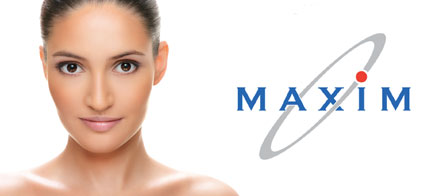Maxim offers a high level of patient success due to a number of unique design characteristics. Its constant average thickness and tear layer profile guarantees the ease of fit and high first lens success rate.

Constant Average Thickness
All lenses, regardless of power, have the same mean thickness value. This ensures consistent centration and movement and the Dklt is constant throughout the power range
Constant tear layer profile
Maintains a consistent fluoroscein pattern beneath the lens, regardless of K readings. Studies show high first fit success rate, making the lens easy to fit when empirical fitting.
ML92 and ML210 along with Boston materials
State of the art fluorosilicone acrylates for superior comfort, wettability and deposit resistance. A comparison chart is included overleaf for practitioners to select the best material for each individual patient.
Straightforward empirical fitting
To ensure first time success
- Maxim Ultra fitted empirically will give an alignment fit by simply ordering the lens on the flattest K.
- The unique constant tear layer profile of the Maxim Ultra lens design should give acceptable fits by fitting to flattest K irrespective of the corneal radius involved.
- Maxim Ultra will produce the customary fluorescein under the central zone with approximately a 1.00mm band of fluorescein at the periphery, and exhibiting movement of 1-2mm on blinking.
- A flat fit will show excessive movement, a tendency to drop quickly in an arcing pattern, poor centration and a fluorescein pattern demonstrating excessive peripheral stand off.
- A steep fit will be characterised by definite fluorescein pooling under the lens centre, inadequate peripheral stand-off and reduced movement.
